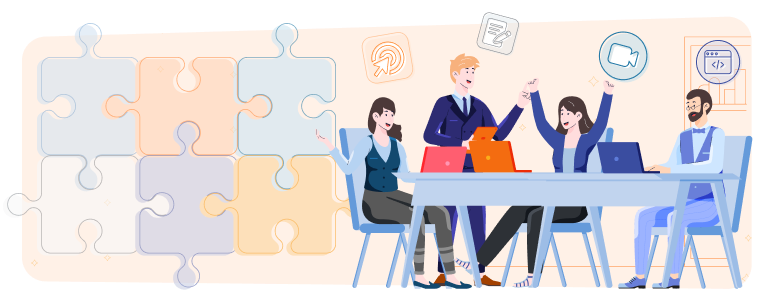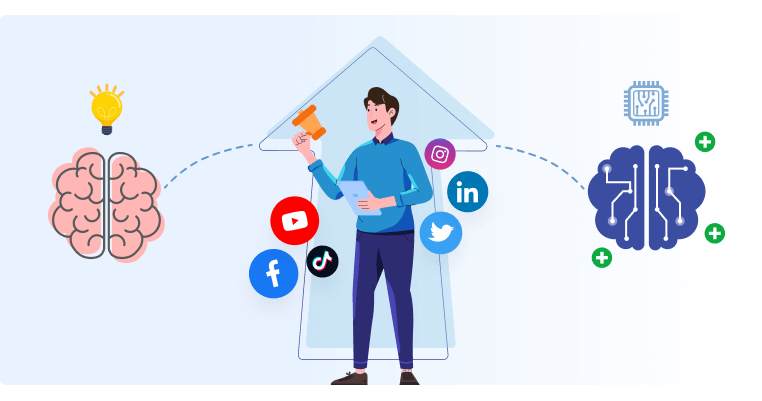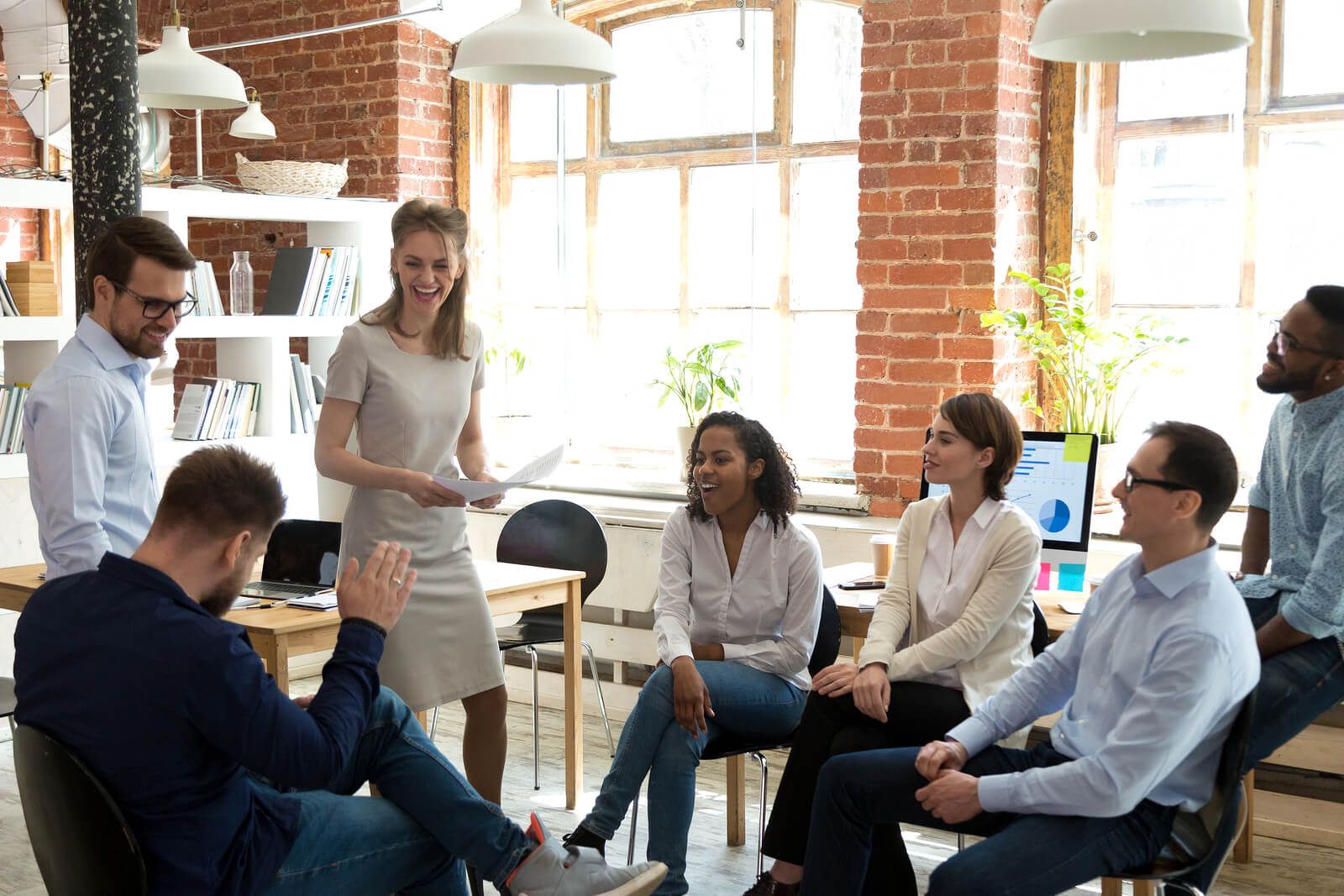5 Way Influencer Marketing Can Help You in a PR Crisis
In a perfect world, your brand would never have to deal with a product recall or storage. Your marketing messages would be clear and well-received. Reality is less agreeable. Sooner or later, all businesses face a PR crisis. While you can’t avoid them, you can certainly prepare for them.
A PR crisis results in a financial or reputational loss if not handled properly. PR crises come in different forms:
- Personnel – the action of an employee goes against brand values
- Organization – a brand’s practices break customer trust
- Technology – interruption of service due to technological malfunction
- Natural – interruption of service due to natural disasters
Not every problem is a crisis, but the worst thing you can do is ignore the problem or delay in giving a response.
Businesses use influencer marketing campaigns to raise brand awareness. However, it can also be a powerful public relations asset during a crisis. So, here are five ways influencer marketing can help you in a PR crisis:
1. Steers Crisis Away
Traditional marketing is one-way — brands talking to potential customers. Influencer marketing relies on two-way communication between the influencer and their followers. This two-way conversation is something you can leverage in a PR crisis.
Customers want honest answers, and they want them fast, without the corporate jargon. At the very least, acknowledge the situation. Your influencer partners should do the same. So, preparing relevant influencers to answer questions should be part of your PR crisis management plan.
After you’ve acknowledged the issue, you can leverage influencer marketing so that people’s focus is not on the crisis your brand is facing but on something else.
For instance, you can launch social media campaigns that engage people, so they don’t have time to think about the crisis. In the end, in your audience’s minds, the crisis is relegated to the background.
Let me give you an example.
Between 2015 and 2018, Chipotle suffered a string of bad press due to outbreaks of E. coli linked to restaurants in multiple states. News of the fast-food franchise affecting customers dominated mainstream and social media, and sales were low.
After announcing probes and overhauls of its food processes, to counter the negative press, Chipotle created the #ChipotleLidFlip challenge encouraging users to flip their Chipotle lids.
@daviddobrik #ChipotleLidFlip @chipotle #ad ♬ Flip - Future
Chipotle tapped TikTok superstar and Chipotle super fan David Dobrik to lead the challenge. The result? Check out the engagement rates for this video alone. In the end, people moved beyond the E.coli outbreak conversation and started associating Chipotle with the viral #ChipotleLidFlip challenge instead.
In July 2019, a New York Times article observed that Chipotle had “recovered strongly” from the crisis.
2. Improves Your Google Search Results
Some people live by the policy that all press is good press. However, you don’t necessarily want a Google search of your brand to yield crisis-related results.
Social media influencers can help fill search engine result pages with positive content. Content creation is the fundamental component of search engine optimization. If you can create quality content that many people like your SEO ranking might just improve and push down that negative content. Influencer marketing can help you with both the number of people who like your content and the quality of your content.
Here’s an example of how influencer marketing can help you drown out the bad press online.
In November 2021, Weetabix faced a looming supply crisis, with factory engineers going on strike. The workers were protesting proposed changes to working practices. The cereal company was accused of forcing workers to sign up for disadvantageous policies or face dismissal.
So, Weetabix enlisted the help of social media food influencers such as Miranda, aka clean_treats on TikTok. Users and micro-influencers shared their recipes, from tiramisu to strawberry cheesecake, using the hashtag #overnightweetabix. The result? The hashtag amassed over 55 million views. This video by Miranda alone garnered a whopping 3.8 million views on TikTok.
@clean_treats My favourite flavour yet 🤤 #healthybreakfastideas #highproteinbreakfast #overnightweetabix #overnightweetbix ♬ original sound - sweet bee
The result was that if you Googled Weetabix at that time, you’d only find positive content (TikTok videos) associated with the brand.

Google Weetabix now, and chances are you won’t find any news of the crisis on the first page of Google search engine results. You’ll find only Weetabix’s recent social media campaigns.
For this to work, of course, you need to run fun campaigns. That means you need to know your target audience. Go back to your buyer personas or those fictionalized representations of your ideal audience. See what their interests are and create campaigns revolving around them.
3. Helps You Reinforce Your Stand
Negative headlines will dominate stories around your brand when you fail to address the crisis on time. That’s why you want to monitor the associations between your brand and the crisis. These insights help you design a content strategy to direct the conversation.
For instance, a strategically timed influencer campaign can help reinforce your stand if you think the allegations against you have no merit.
Earlier in 2022, Adidas faced backlash over its ad that featured a grid of 25 topless women. Some people accused the sports brand of sexually objectifying women.
Adidas stood by the ad, saying it was meant to promote and celebrate women of all shapes and sizes. They enlisted the help of social influencers like Jessamyn Stanley, a body positivity advocate, to reinforce the message with its #ImpossibleIsNothing campaign. The result? Adidas steered the conversation away from sexual objectification and created conversations around body inclusivity instead.
Before you follow this strategy, make sure you’re 100% sure that the allegations against you have no leg to stand on. Otherwise, you’ll only receive more backlash with a defense of your brand.
4. Allows for Effective Damage Control
During a PR crisis, you need to know what people are saying about your brand. So, use social media listening tools as part of your PR and marketing strategy. These can help you identify and assess the context of keywords used on social platforms and discussion forums. Real-time monitoring of brand mentions allows your marketing team to immediately develop strategies for damage control.
In May 2019, Olympic runner Alysia Montano, aka the pregnant runner, published an opinion piece in the New York Times detailing what she said was Nike’s mistreatment of pregnant athletes. She accused the sports brand of suspending sponsorship contracts of female athletes until they returned to peak performance form.
Following public outcry, Nike amended its maternity policy for sponsored athletes. The amendment guarantees pay and bonuses for 18 months around pregnancy. They also released a new digital marketing campaign — The Toughest Athlete.

The campaign featured mothers of all walks of life, from superstar athletes like Serena Williams to micro-influencers like Evelynn Escobar. The mother-friendly campaign helped Nike repair its reputation. In fact, hardly anyone knows about Montano’s allegations against Nike anymore.
5. Ensures You Regain Customer Trust
One of the benefits of influencer marketing is immediate access to targeted audiences. By associating with your brand, influencers allow you to borrow the trust they have cultivated with thousands of followers.
PR and influencer marketing can help you regain the audience’s trust during and after a PR crisis. Here’s an example of how one brand leveraged influencer marketing to do that
Electric car manufacturer Tesla has a history of dealing with PR crises. In 2013, a video of their Model S catching fire went viral. In 2021, a massive recall was issued over safety concerns around the rearview camera and trunk latch. And they have been investigated for fatal crashes related to their advanced driver-assisted systems.
That’s why at that time, you’d find CEO Elon Musk, who has over 100 million followers on Twitter alone and can be considered an influencer, issuing statements to help Tesla’s image. But Tesla didn’t stop there to regain the public trust.
It also engaged (and up to now engages) niche influencers to assure the public its vehicles meet quality standards. For instance, in 2018, Elon Musk gave YouTube content creator Marques Brownlee an interview and tour of a Tesla factory.
In the video, Musk and Brownlee discuss the technology behind the electric car and the safety measures they take.
You can use behind-the-scenes content like this to give audiences a deeper understanding of the product and company. It builds a human connection which increases trust between customers and potential buyers. With regained trust comes sales. In Tesla’s case, for example, as of the first and second quarter of 2022, that’s an increase of 97% and 99%, respectively.
In Closing
In the lightning-fast world of social media communication, a bad interaction can go viral instantly, with devastating consequences. It is impossible to avoid a PR crisis. But with a crisis management plan, you will be better prepared to face one.
PR and influencer marketing can help manage evolving situations and turn the tide. Influencers are valuable assets to have because of their connection to audiences. People tend to trust influencers more than brands when the brand makes a mistake.
Collaborating with influencers during a crisis can positively impact your brand image. In addition to rebuilding trust, an influencer’s unique voice and perspective can generate various conversations about your brand. Influencer-generated content will not only help you improve your Google search results. It will also help you with reputational damage. Moreover, it can help you steer conversations away from the crisis and reinforce your stand.
PR and influencer marketing combined can help you in a PR crisis. All you need to do is leverage it correctly.











